Measles can ravage the immune system and brain, causing long-term damage – a virologist explains
Complications from measles infection are surprisingly common.
Complications from measles infection are surprisingly common.
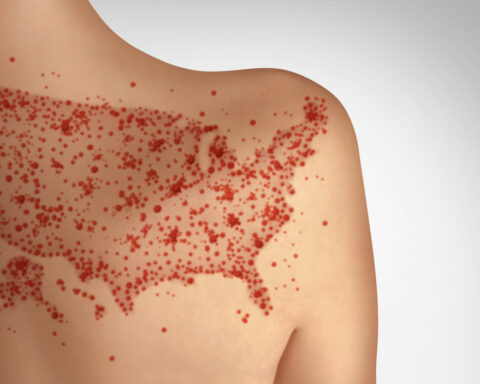
Thousands of chemicals in industry haven’t been thoroughly tested for their safety and toxicity. Researchers are working to standardize quicker, cheaper and more ethical methods to assess chemicals.
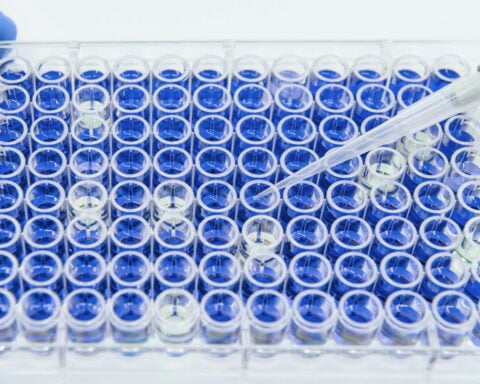
Spinning maple seeds can shed raindrops in the blink of an eye to regain their helicopter-like flight.
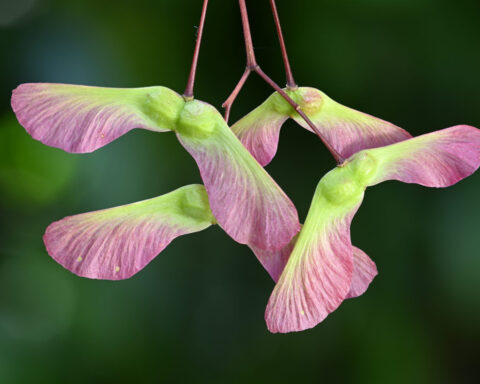
Cells function differently under low gravity conditions. Rather than send lab samples to space, researchers are developing Earth-bound tools to more easily study microgravity’s effects on biology.
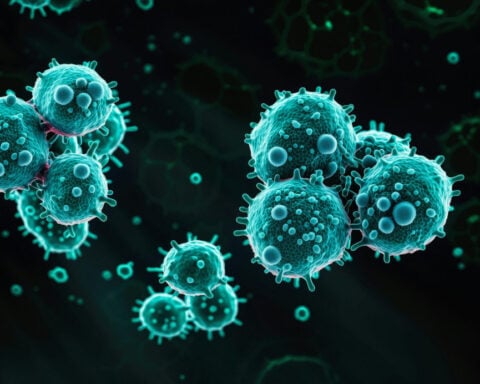
Viruses can get into cells in several ways. Figuring out how to stop them from entering in the first place is a key to developing better vaccines and stopping future pandemics.
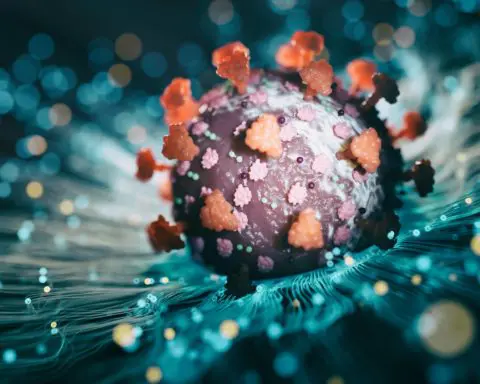
Your blood contains a wealth of information about the state of your health. Analyzing the levels of each component is an important part of diagnosis.
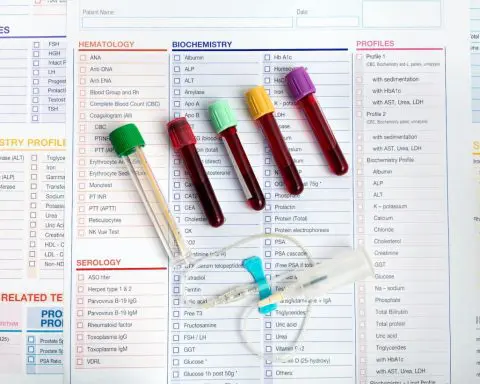
The government linked alcohol with seven types of cancers, prompting the US surgeon general to call for warning labels on beer, wine and liquor.
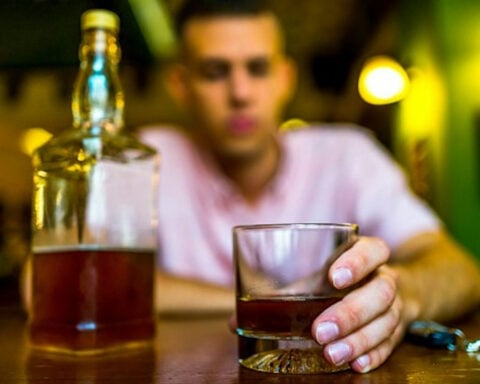
From exploring the Moon to revealing mysteries of the solar system, space agencies around the world are gearing up for an exciting year of launches and flybys.

Singer Amy Winehouse died from alcohol toxicity in 2011, the same year that the American Society of Addiction Medicine publicly recognized addiction as a brain disorder.

The bottoms of boats and docks can accumulate lots of dirt, but semiaquatic animals like otters avoid having ‘fouled’ fur. Their secret could one day help keep underwater infrastructure clean.
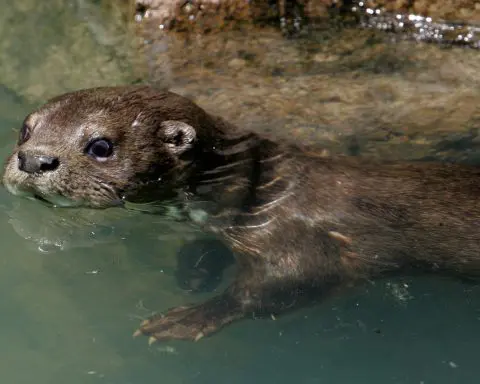
Microplastic pollution is a growing problem − one lab is looking at tiny insects as inspiration for how these pollutants might move through water.
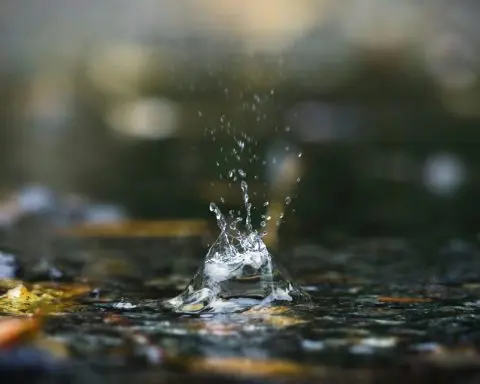
Your subscription includes
Unlimited Access to All Content from
The Los Angeles Post
Your subscription has been successfully upgraded!
